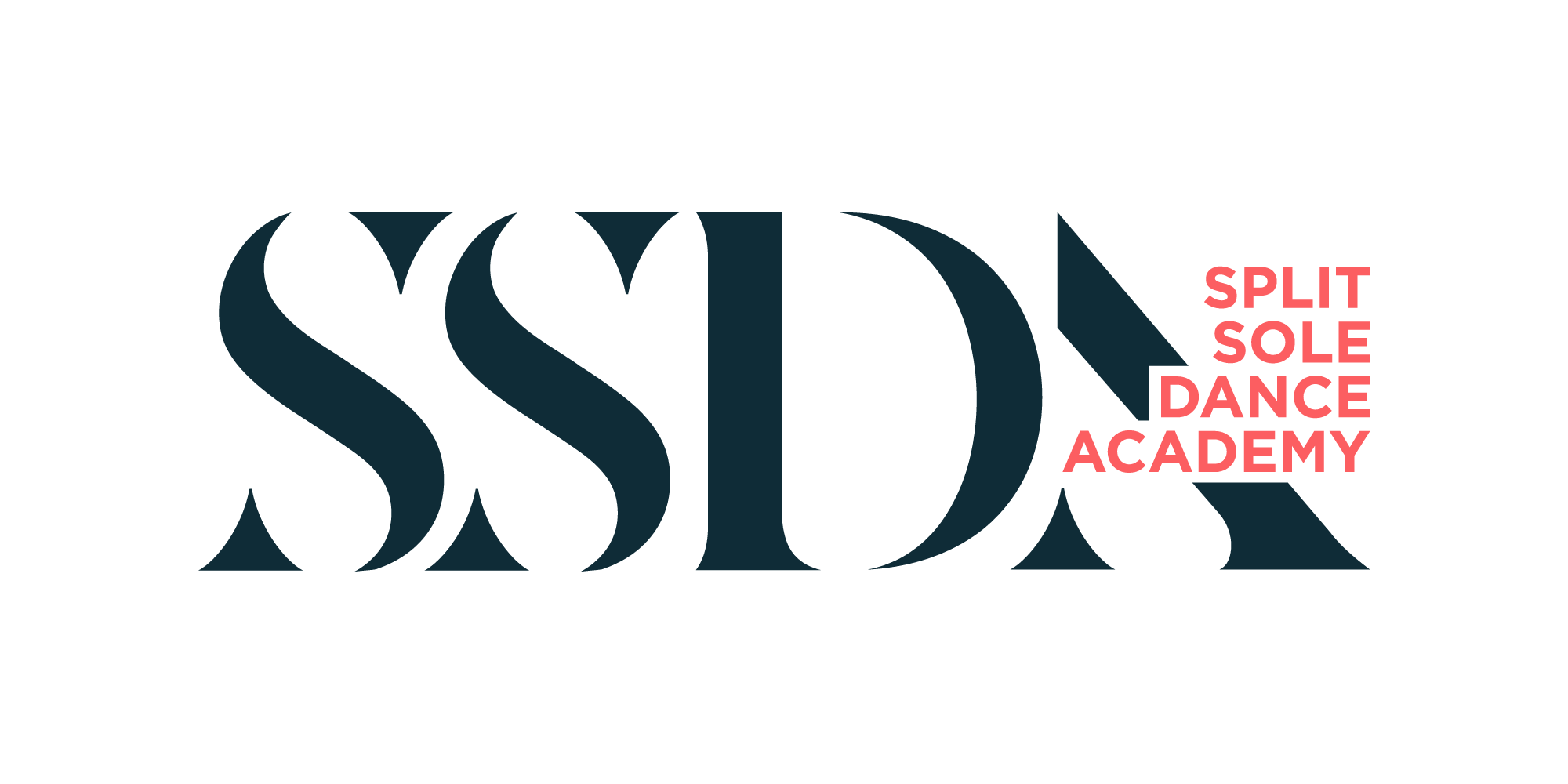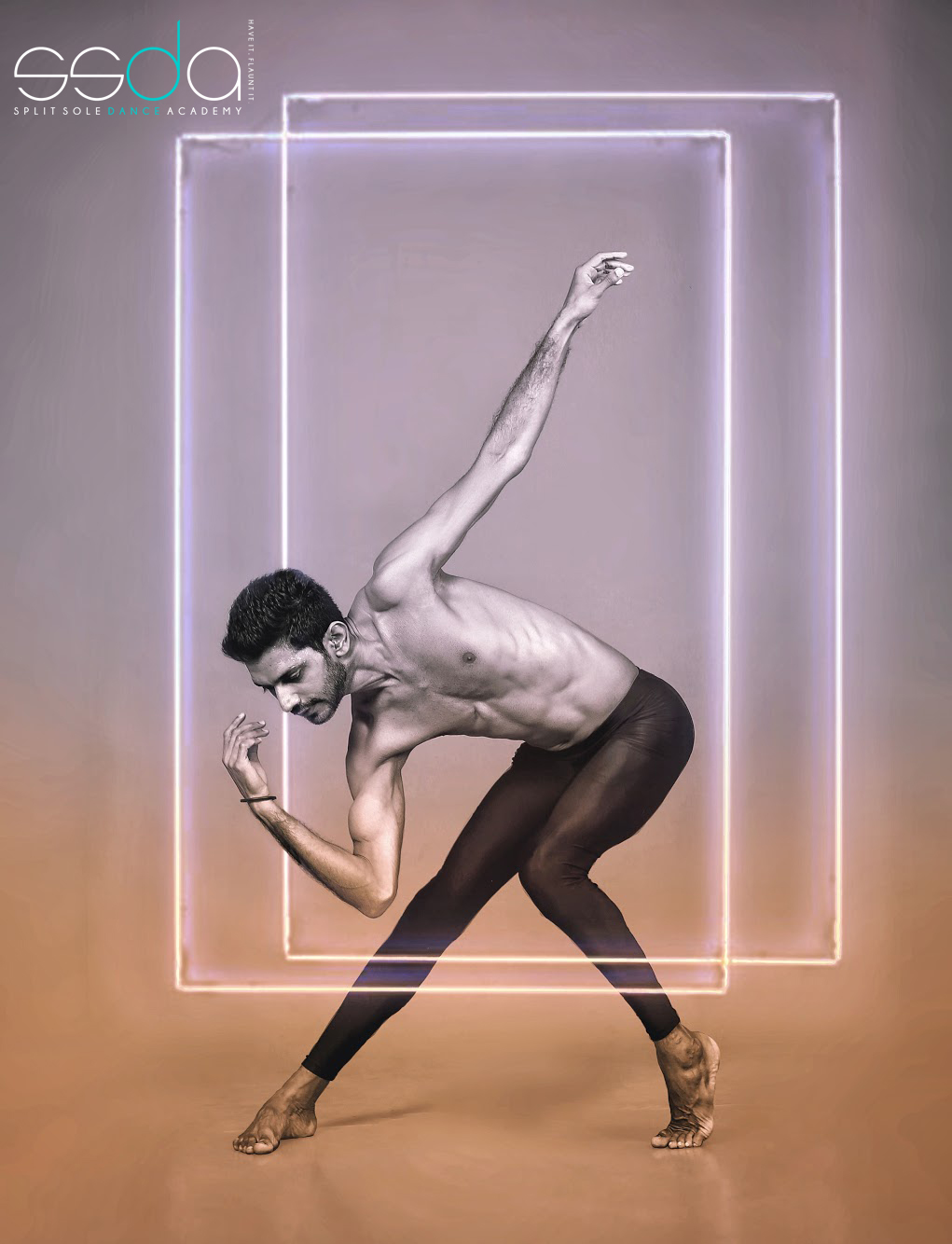As glamorous and rewarding as it looks, teaching a dance class is a tough job. You have to make sure that each student understands the movement, learns something new, and challenges themselves. Inevitably, some things make this hard job even harder. These habits of students quickly become choreographers’ pet peeves. If you are a choreographer who totes get these struggles, share and spread the word! And if you’re an avid class-taker, avoid or practice these things to make the class experience better for everyone.
CHOREOGRAPHER PET PEEVES
1. When the Class Is Unresponsive Collectively
Class is an interaction!! It’s an interaction between the teacher and the students. It’s a form of energy transfer.
And if all the pupils are there to be lectured without providing any feedback, the instructor may feel bewildered and helpless.
The only way for both sides to benefit to their full potential is for them to communicate.
If you’re too nervous to say anything, say “Yeah!” or “One more time!” or even a nod/eye contact when you’re allowed to reciprocate.
The next time the choreographer asks a question, ANSWER!
2. Students Who Are Downright Disruptive Or Rude
Then there are the students that are quite outspoken. WAY TOO OUTSIDE THE BOX.
Outspoken in a way that is detrimental to the class.
Coming in late and loud, attempting to avoid paying, chatting over the choreographer, doing alternate choreo or weird stuff at inopportune times, eating during class?? (r u srs), laughing HELLA LOUD in a corner…
You’re undermining: if you’re plain boisterous and distracting.
The director of the show,
- EVERYONE IN THE CLASS,
- The organization’s honesty in hosting that particular class/workshop,
- Regardless of the entity you’re representing. Is there a group? Is it a project? YOURSELF? That should be sufficient motivation: Desire to be proud of oneself as a dancer who does not jeopardize the class’s/your/others’ growth.
The class, as entertaining as it is, should be taken seriously.
Isn’t it impolite to sleep over a speaker in a lecture hall?
Similarly, it is the choreographer’s responsibility to ensure that you learn something.
And aren’t you there because you want to be? To work together and make the most of it!
3. Recording And Posting Footage When Explicitly Requested NOT To
Many of us enjoy keeping track of our progress by keeping track of our grades in class. And we like to share it, most typically through an Instagram video.
This is something that a lot of choreographers appreciate! It’s a show of confidence and support. “Hey, your piece was dope enough that I looked dope enough doing it that I kind of wants to show off to my followers,” or something along those lines. They seem to be bragging about both of you.
Sharing is caring, but don’t assume that you have the right to share it just because you learned something. It’s not the case. The artist’s work is always his or hers. Take care not to plagiarise or go too far.
THINGS CHOREOGRAPHERS LOVE
- When You Ask Legitimate Questions
Communication is crucial for getting the most out of class, as previously said.
ASK if you’re having trouble with something specific.
Because:
- Perhaps someone else is wanting to ask the same inquiry.
- Even if they aren’t, it serves as a bonus review for everyone.
- It’s the only way the choreographer will know what has to be clarified or discussed.
- It, of course, aids your learning.
If the solution can be found merely watching the choreographer (i.e., right foot or left foot? ), then DO SO.
And the worst thing you could do is keep asking individuals in your immediate vicinity. “Hey, is it like this?” a short question. “Was that on the snare?” = fantastic. However, some people keep asking other students for clarification when questioning or observing the choreographer.
2. Energy & Cheering For Others
The atmosphere of the class is quite essential to me. The choreographer and the pupils should maintain a positive, growth-oriented attitude at all times.
And the energy is independent of the piece’s “feel.” It might be a melancholy tune, but the students’ energy could be focused on learning and improving.
And it shines through the most when you think back on the class and remembers how much fun you had.
Aside from “select groups,” despite straining or messing up, the work was amazing. It just felt right.
The class is truly what it is because of your spirit, the choreographer, and the people surrounding you.
3. When Students Make The Piece Their Own; “Moments.”
Many choreographers encourage you to “make it your own” in “moments” during the piece. Alternatively, freestyle the last eight counts.
In certain classes, the choreographer expressly states that they are merely teaching the outline of the steps and that you are responsible for filling in the details.
In some workshops, the choreographer shares their emotional connection to the piece and invites you to share yours.
We all have diverse perspectives on music, as well as varied backgrounds and experiences. We all dance in our unique way.
It’s very wonderful to see you dancing like you, no matter how “clean” you are.
4. Seeing Determination Over Struggle
Not everyone will attempt to destroy your work, but everyone has the opportunity to do so.
Seeing someone’s desire to keep trying, no matter how much they struggle to “understand” the choreography, shows the choreographer that they are doing their job to challenge and inspire their students.
Because choreographers are attempting to accomplish more than just teaching moves.
Another important aspect of their job is to help you reach a mental state where you believe it is possible and worthwhile to continue.

